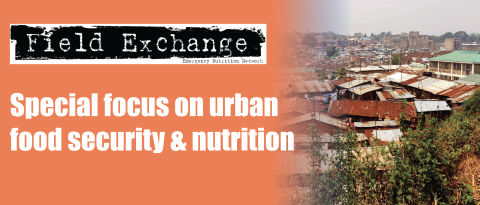ACF guide to identification of vulnerable people in urban environments

A methodological guide has been developed by ACF to identify vulnerable people in urban environments. It is designed for use by field practitioners for assessment of sustainable livelihoods and urban vulnerabilities. It was developed in response to several problems experienced through ACF programming including proliferation of food crises in urban environments, difficulty targeting the most vulnerable population among all those affected by urban poverty, breakdown of social structures and official betrayal or non-recognition of marginalised neighbourhoods.
It focuses on cities and urban settlements in developing countries where life is precarious, however the guide is applicable for urban settings in general.
The guidelines provide information on methodology and several tools of analysis, e.g. to organise second-hand documents, to create a vulnerability and/or livelihood mapping across the conurbation (a region combining several cities, towns, or other urban areas that, through growth, have merged to form one continuous urban area), or to complete a low-level analysis in one or several districts.
The guide recognises it cannot comprehensively address the diversity of urban contexts and humanitarian situations. It is a first version that will be tested and validated during field work by practitioners from diverse backgrounds. The authors welcome suggestions and recommendations.
ACF, 2010. Identification of vulnerable people in urban environments: assessment of sustainable livelihoods and urban vulnerabilities.
Available from: http://www.actionagainsthunger.org and select ‘Publications’
Imported from FEX website


